Pests of bees
Beetle thief – pretend

The thief – the pretender is related to the genus Ptinus, meets up to 20 species. The most common in the hives are Ptinus fur L. and Ptinus raptor Str. The Ptinus fur beetle is
Ham Hamster
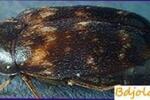
Hamster kozheed (Dermestes lardarius L.) – a beetle 8 mm long, 3.5 mm wide, black, with transverse grayish-brown stripes on the anterior part of the elytra, on a strip of 6 black dots. Eggs he
Earwig
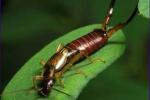
The earwig (Forficula auricularia L.) is from the order of the skin-winged, has an elongated body; On the head are big eyes, mouth organs gnawing and directed forward. Antennae long, filiform, with clearly defined segments.
Bee-louse
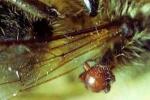
If the bee-wolf is an armed knight-robber, then the bee-louse (brow) is by nature not at all like him. First of all, it must be said that it also resembles a louse like a wolf
How to make a good mousetrap

General view of a mousetrap (charged) I do not know who the inventor of the original mousetrap, which I have been using for a long time, but even before the war, my parents and neighbors
Wolves against mice
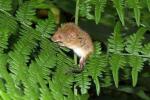
I understood that when rodents are not alive, they will not live. That’s why we must do everything to ensure that there are no debris and food residues in the room and in the yard.
Small wax moth
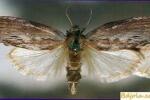
A small wax moth (Achroea grisella F.), is distributed as widely as a large one. It is somewhat smaller than the large one: the female in the span of the wings is 23 mm; male
Rat-catcher with their own hands
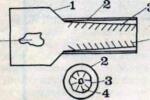
1 – the chamber; 2 – pipe; 3 – canvas sleeve; 4 – wire, 5 – bait. I want to offer you a simple and fairly effective rat-trap. It is simple: we insert a canvas
Large wax moth
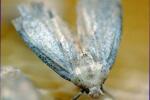
Wax moths are called night butterflies, the caterpillars of which feed on wax. There are two types of moths: large and small. A large wax moth (moth, clap, Gal-leria mellonella) is a 20 mm long
